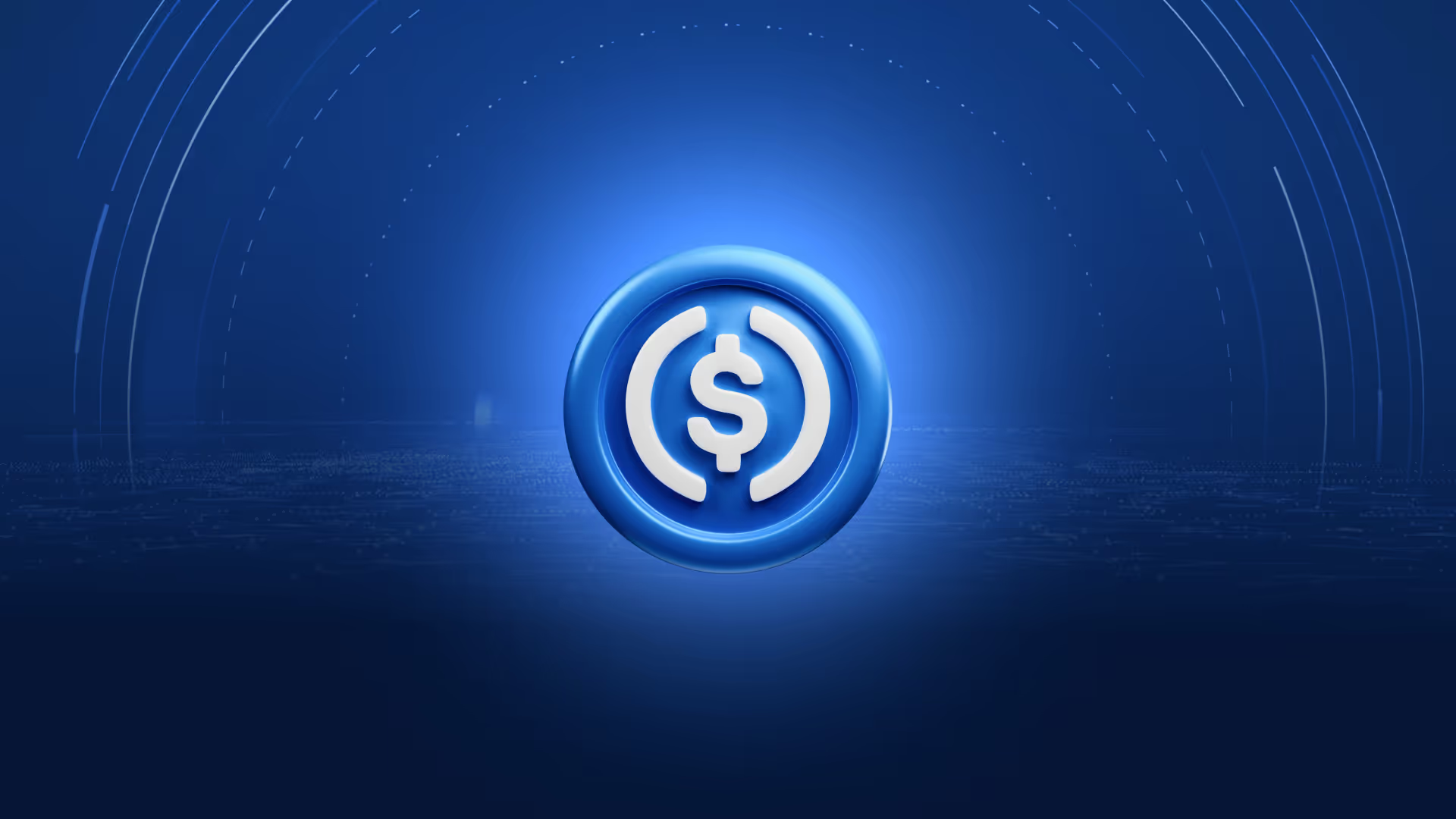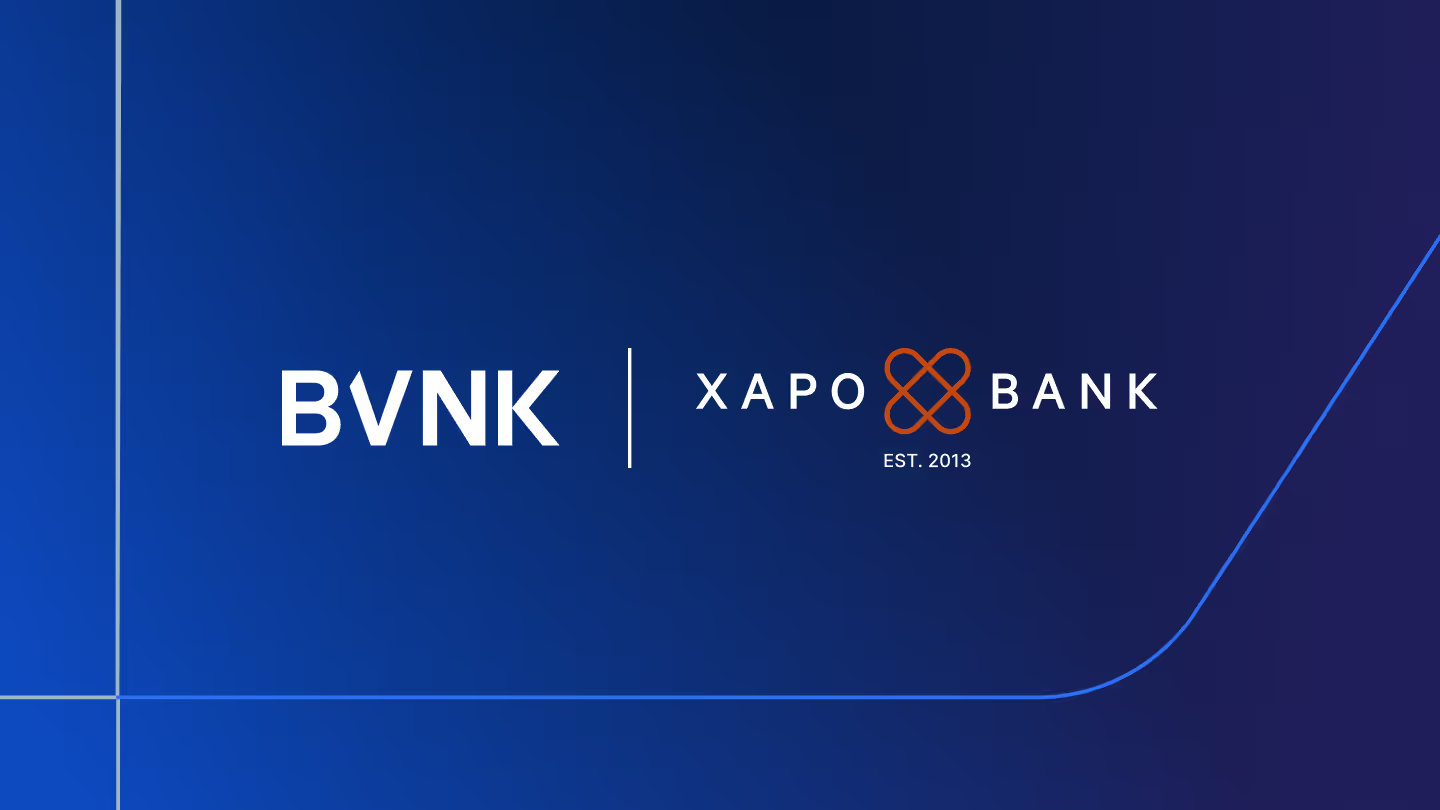TOKEN2049: who owns the payment rails of the future?
My key takeaways from Token2049.
Last week the BVNK team attended TOKEN2049. We had a fantastic time connecting with customers and peers across the industry. Given recent market events, there was a lot of talk about the future of crypto.
Here are some of the key takeaways from my presentation and what we heard on the ground.
Traditional payment and banking rails no longer suit our globally connected, digitally-natured world.
Card networks may be fast, but they are costly. Direct bank-to-bank payments can fall short on both counts. The problem is compounded with cross-border payments, where money must pass through multiple dislocated banking systems and intermediaries like Swift, adding cost and time with every hop. Meanwhile, millions of people around the world are locked out from centralised financial systems that define who is worthy of access. Though the rise of fintech has seen unprecedented innovation and improvement, it has been largely at the fringes.
What payments really needs is an upgrade to its core infrastructure.
We believe the answer is in cryptocurrencies. But there are caveats. More on that later.
There are encouraging signs of consumer crypto adoption. A 2021 study by PYMNTS found that 93% of cryptocurrency users would consider making purchases with it. Even those without want in; 59% who have never held cryptocurrency would make purchases with it. That is a big crowd. Today there are around 220-250m owners of crypto. That is expected to surpass 1bn by 2024. Merchants that ignore this trend could be denying themselves customers.
In the charts below, you can see a clear adoption trend in recent years as billions of dollars are moved on chain.


The volumes being transferred daily on the major blockchains is evidence of a reliable and trusted medium of exchange in operation. Core crypto infrastructure continues to prove itself.
But Bitcoin, the biggest blockchain network of them all, lacks the fundamental features to be an effective, everyday payment method.
Its price is volatile and transactions are slow compared with card networks. (Bitcoin manages around 7 transactions per second, Visa does 24,000.) The Lightning Network provides some relief to the problem of speed, but it is still in its infancy, and doesn’t address the issues of volatility.)
These aside, Bitcoin and its contemporaries have so much potential to revolutionise payments. Blockchains operate 24/7; the cost of transacting is negligible; settlement is full and final; access is available to anyone with an internet connection; and blockchains have proven their security credentials. What’s more, units of cryptos can be shrunk (e.g. 1 ‘sat’ is worth 0.00000001 of a Bitcoin), enabling micropayments and micro loans that foster new economic activity.
So fix volatility and transaction speed and we get the perfect payment method for the digitally connected world. Enter stablecoins.
Once the newcomer of the crypto world, stablecoins now account for almost one-fifth of all cryptocurrencies. They share many of the same properties as other cryptos; but with a crucial difference. Those pegged to a fiat currency by holding physical reserves of that currency are more able to maintain a stable value. (In contrast, algorithmic stablecoins that adjust to fluctuations in demand and supply can be negatively impacted by dramatic volume trades. Read the story of the collapse of TerraUSD stablecoin in May 2022.)
Fiat-backed stablecoins also have plenty of liquidity, a fundamental for any global payment method. Stock levels follow that of their pegged currency; and right now there are well over two trillion dollars in circulation. The largest stablecoin, Tether (USDT), has a market cap close to $70bn and trades around twice that value daily. What’s more, stablecoins do not suffer from the ‘digital gold’ narrative that makes people ‘HODL’ their Bitcoin and other cryptos. People who want to sit back and see the value of their crypto assets increase do not do that with stablecoins.
We’ve recently seen an extraordinary rise in the issuance of stablecoins, with it reaching north of $150bn. The chart below, which shows stablecoins as a percentage of total market cap, demonstrates how far they have come and how the payments use case has developed over the years.

So, we’ve seen how the customer demand for crypto payments is there. And how the infrastructure (blockchain) and payment instrument (fiat-backed stablecoins) also exists. The next step is for merchants to come on board. The signs are good. Microsoft, Etsy, Amazon, Whole Foods and Starbucks are just a handful of household brands that now accept crypto payments. A survey by Deloitte at the end of 2021 found that 85% of organisations are prioritising enabling cryptocurrency payments in the next two years. While their main driver seems to be in response to customer demand, there are also benefits to operational efficiency and cash flow.
But stablecoin payment adoption is not without risks. They, and cryptocurrencies more widely, lack the protection of mature legislation. That is being addressed with a wave of new regulations, such as MiCA in Europe and the Payment Services Act in Singapore. But regulations themselves bring complexity and pose the risk of non-compliance.
The answer is partnership. Merchants are not payment experts, and nor should they be.
Navigating the crypto payments opportunity—understanding and enabling the right technology; creating the perfect customer experiences; maintaining the regulatory know-how—can quickly suck up resources. In the last decade the rise of new payment processing companies has shown what can be achieved by offloading complexity to experts. That is the lesson for powering crypto payments.
Partners can help merchants go at their own pace. Some may simply want to offer crypto at the checkout and automatically settle in fiat, without the crypto ever hitting their balance sheet. Others will want to go all in, with crypto bank accounts from which they can trade and pay others. So breadth of capability should be a key criteria for selecting the right crypto partner.
I predict that momentum will come first from emerging markets. They have most to gain: poor existing infrastructure, limited access to financial services, volatile economic conditions and weak currencies. But the rest of the world won’t be far behind. It feels like we are beyond the tipping point. There is simply too much to gain…or too much to lose from inaction.
Watch my full presentation below at Token2049 in London, November 2022.
BVNK is a next-generation payments platform for global businesses. We bridge the gap between traditional and digital finance to make payments borderless, instant, and secure. Using the BVNK platform, businesses can send and receive payments on all major schemes and blockchain networks, incorporate stablecoins into their payment flows, and settle funds in over 30 markets.
Latest news
View allGet payment insights straight to your inbox



.jpg)






.avif)


.jpg)





